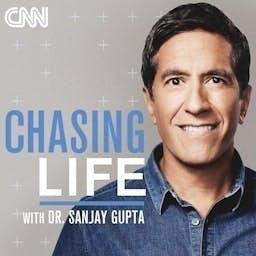Dr. Ira Rashbaum specializes in mind–body care and treatment of patients who have tension myoneural syndrome, previously known as tension myositis syndrome, a condition that causes pain and symptoms associated with tension and stress factors. His expertise is in diagnosing and treating individuals who have psychosomatic pain disorders. He has an extensive list of publications, national meeting presentations, and media appearances. As study guide committee chairperson of the American Academy of Physical Medicine and Rehabilitation, he led a project that compiled information on advances in rehabilitation medicine for more than 10,000 physicians worldwide. This position placed him at the forefront of all aspects of rehabilitation medicine.
Dr. Samuel Mann is a physician and researcher, specializing in hypertension. He has spent the past 40 years as a specialist in this condition, combining patient care, research and teaching at his institution. As a researcher, he has published 65 articles in medical and psychology journals, along with 10 book chapters on hypertension, and three books. His most recent book is "Hidden Within Us; A Radical New Understanding of the Mind-Body Connection (2022). He emphasizes that in most patients, hypertension is not a mind/body disorder. But when it is, it is not related to emotions, such as anger and anxiety that patients report, but to powerful repressed emotions, often related to a past history of stress or trauma, that are completely hidden from conscious awareness.
Part 2
The discussion included the following topics: accuracy of adults in recalling traumatic events that may have occurred in childhood, communicating with patients reluctant to discuss emotional aspects other than physical health ailments; possible distinctions among patients in different demographic groups, non-pharmacologic kinds of treatment, and status of research aimed at understanding the connection between emotions and physical health problems.




































